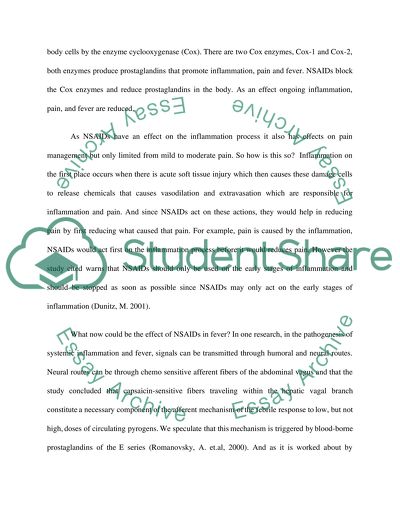Cite this document
(“Non-steroidal Anti-inflammatory Drugs: Actions and Effects Essay”, n.d.)
Retrieved from https://studentshare.org/miscellaneous/1505118-non-steroidal-anti-inflammatory-drugs-actions-and-effects
Retrieved from https://studentshare.org/miscellaneous/1505118-non-steroidal-anti-inflammatory-drugs-actions-and-effects
(Non-Steroidal Anti-Inflammatory Drugs: Actions and Effects Essay)
https://studentshare.org/miscellaneous/1505118-non-steroidal-anti-inflammatory-drugs-actions-and-effects.
https://studentshare.org/miscellaneous/1505118-non-steroidal-anti-inflammatory-drugs-actions-and-effects.
“Non-Steroidal Anti-Inflammatory Drugs: Actions and Effects Essay”, n.d. https://studentshare.org/miscellaneous/1505118-non-steroidal-anti-inflammatory-drugs-actions-and-effects.


